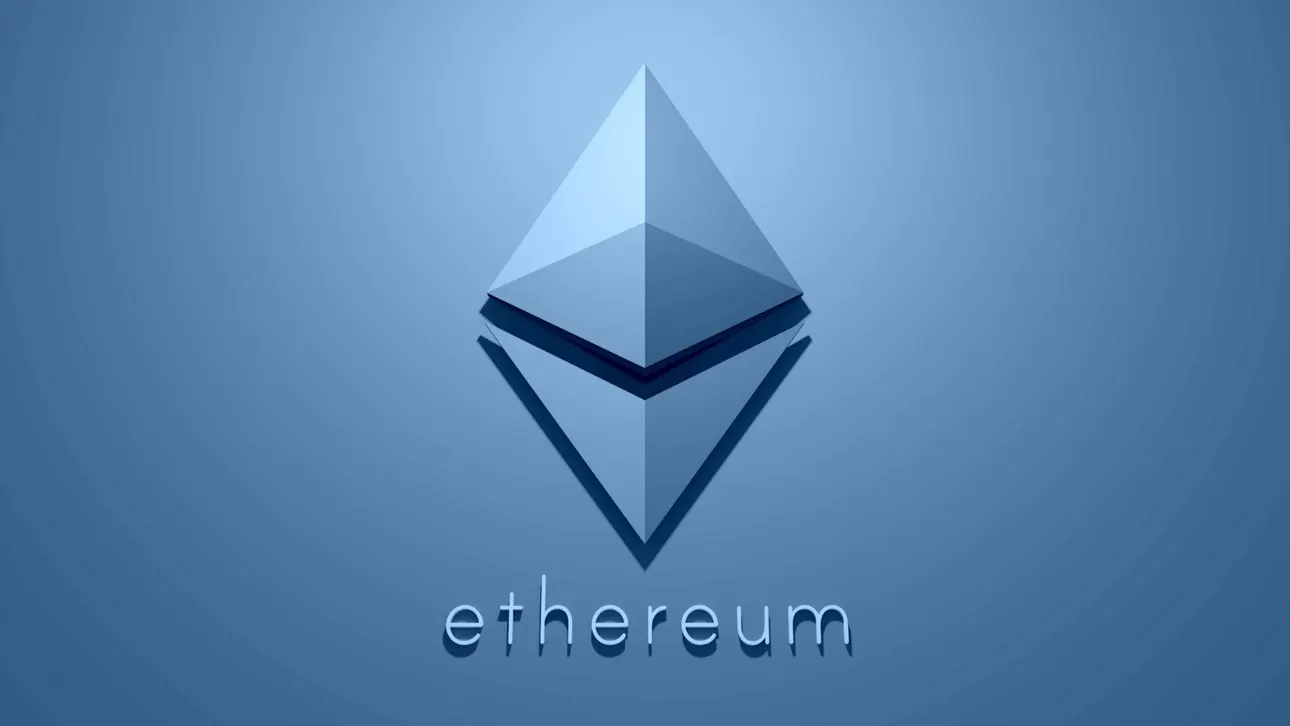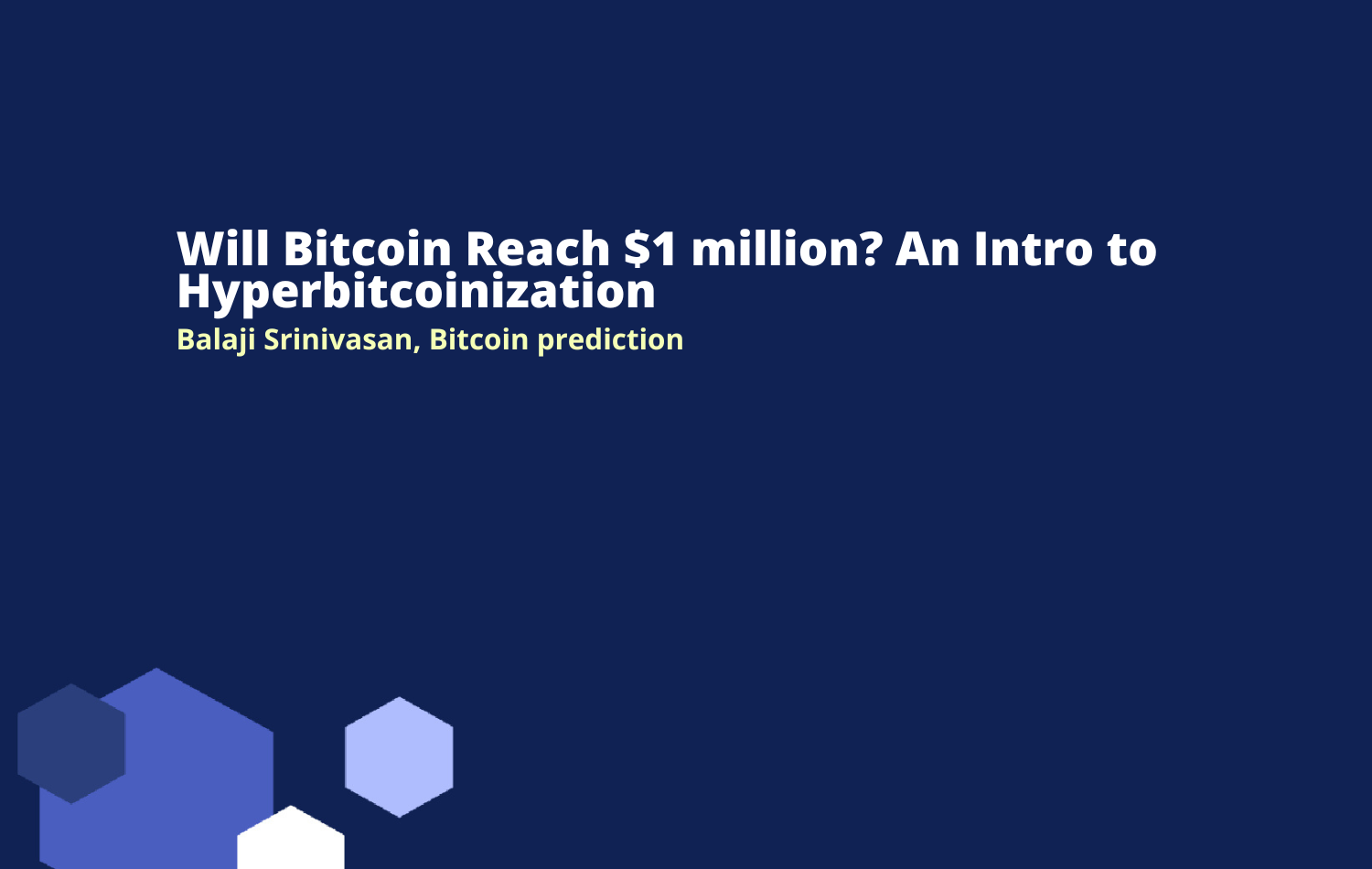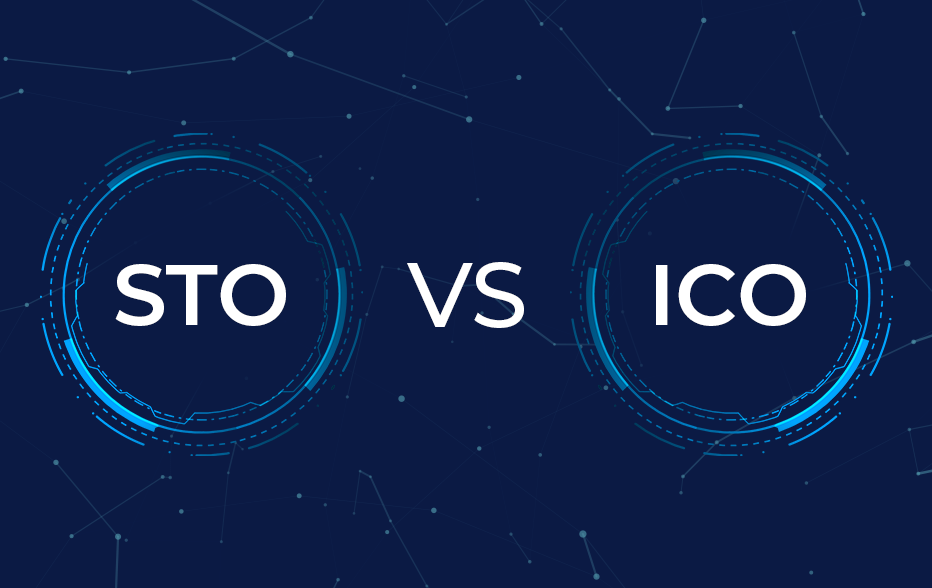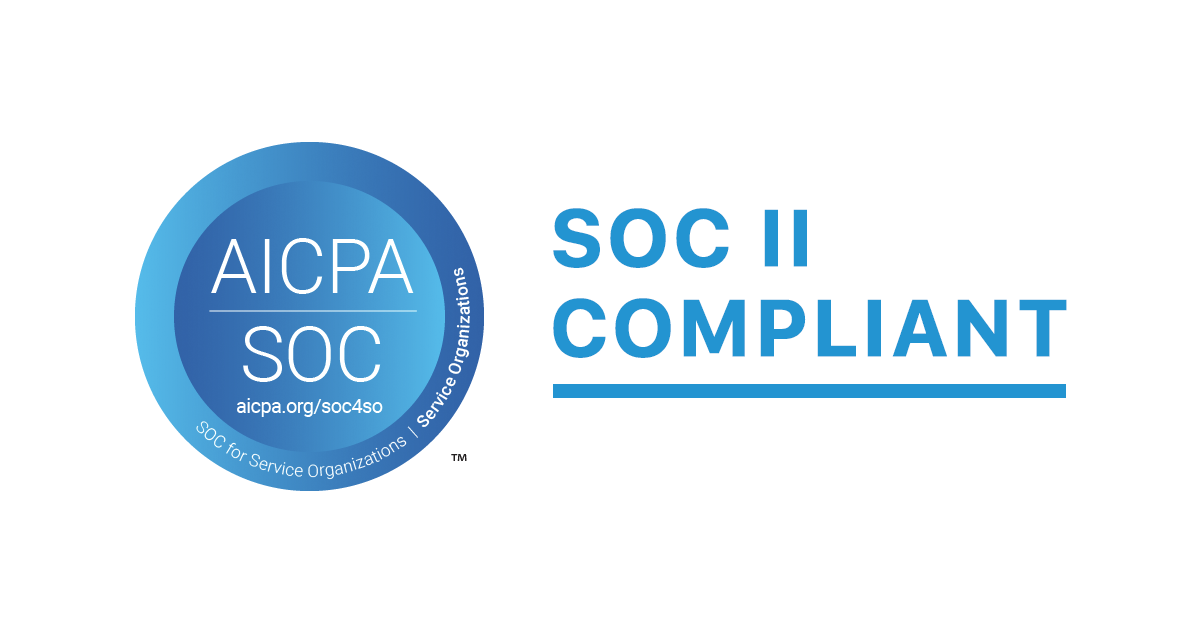Everything Traders Need to Know Ahead of The Ethereum Dencun Upgrade

Ethereum, the second-largest blockchain platform, is about to undergo a major upgrade in 2024. Launched in 2015, Ethereum changed digital transactions by introducing smart contracts, which are self-executing agreements that can automate various tasks and processes.
However, the Ethereum network has also faced some challenges. With an increased number of users, transaction processing slowed down. This led to a significant increase in transaction fees.
However, the Ethereum Dencun upgrade aims to fix major issues such as scalability and transaction efficiency. This article unpacks everything you need to know about the upgrade and its possible impact on validators and investors within the Ethereum network.
History of Ethereum Upgrades
Ethereum has undergone several significant upgrades since its launch in 2015. These upgrades aim to enhance the scalability, security, and functionality of the Ethereum network.
The earliest Ethereum upgrade was Byzantium in 2017. Byzantium introduced several improvements such as reducing block rewards from 5 ETH to 3 ETH, delaying the “difficulty bomb”, and implementing new smart contract functionalities.
In 2019, the Constantinople and Istanbul upgrades were implemented. Constantinople included several Ethereum Improvement Proposals (EIPs) aimed at enhancing the network’s efficiency and flexibility. Istanbul implemented the Ethereum Improvement Proposal 1559 (EIP-1559), which optimized transaction fees and made Ethereum more supportive of Layer 2 networks.
The launch of the Beacon Chain in 2020 was Ethereum’s first major step toward transitioning from proof of work (PoW) to proof of stake (PoS). This allowed for staking of ether.
The Berlin and London upgrades in 2021 brought further improvements. Berlin introduced changes to gas fee structures, optimization of transaction processing, and enhancements to the Ethereum Virtual Machine (EVM). London implemented EIP-1559, changing how transaction fees worked with a portion of the fees getting burned and reducing the supply of ether.
The Merge in September 2022 was a historical landmark. It marked a significant shift for Ethereum, transitioning it from proof of work to proof of stake completely. This improved Ethereum’s environmental friendliness and reduced the issuance of ETH.
The Shanghai upgrade in 2023 brought staking withdrawals, enabling stakers to withdraw their ETH from the Beacon Chain to the execution layer.
What is An Ethereum Improvement Proposal (EIP)?
Each Ethereum upgrade is preceded by Ethereum Improvement Proposals (EIPs) which are the primary mechanism for proposing improvements to the Ethereum network, including core protocol specifications, client APIs, and contract standards.
Read more about the history and forks of Ethereum here.
What is the Ethereum Dencun Upgrade?
The Dencun upgrade is a combination of two smaller upgrades, Cancun and Deneb. The central feature is the introduction of proto-danksharding, enclosed in EIP-4844. It will help the network store data efficiently while reducing the transaction costs for users on layer-2 blockchains.
The Ethereum Dencun upgrade has successfully launched on all testnets such as Goerli, Holesky, and Sepolia.
The Ethereum Dencun Upgrade Key Feature: Understanding Proto-Danksharding
The Ethereum Dencun upgrade is set to improve security, scalability, and usability.
Chief amongst the upgrades is proto-danksharding, which is focused on improving the Ethereum execution layer Proto-danksharding is a milestone in Ethereum’s scaling roadmap, which has evolved over time.
The idea of proto-danksharding comes from sharding, a scaling technique that was scrapped from Ethereum’s roadmap quite recently. In sharding, a blockchain is divided into multiple separate chains known as shards. Each shard operates independently, with its validators and resources. The workload is distributed away from the ‘main chain,’ which keeps track of the state on every shard chain.
Proto-danksharding builds upon sharding, but instead of full blockchains running in parallel, introduces a concept – data blobs. These blobs are containers for large amounts of data associated with Layer 2 transactions.
However, unlike traditional transactions, data blobs are not directly executed on the main chain. Instead, they are stored more cheaply on the main chain, with only a small reference (proof) included in the actual transaction. This significantly reduces the computational burden on the main chain, allowing for more efficient processing of Layer 2 transactions. It could potentially reduce the gas fees associated with layer-2 solutions.
Before Dencun, Layer 2 networks submitted all their transactions to the main chain in a single chunk. This limited scalability as the main chain could only handle a specific amount of data. After the upgrade, layer-two blockchains like Arbitrum, Optimism, Base and others can use data blobs to slash transaction fees on their chain.
Other upgrades include:
- Transient Storage Opcodes (EIP-1153): This improvement introduces transient storage to the Ethereum Virtual Machine (EVM) through new opcodes, TLOAD and TSTORE, which operate similarly to existing storage opcodes but are discarded at the end of each transaction. This form of storage aims to enhance the efficiency of complex transactions without increasing gas costs.
- Beacon Block Root in the EVM (EIP-4788): This EIP bridges the gap between Ethereum’s execution and consensus layers by exposing the parent beacon block root in each execution block. It essentially acts as a protocol-level oracle, relaying Ethereum’s consensus state to the mainnet, which is beneficial for liquid staking pools and re-staking arrangements.
- Memory Copying Instruction (EIP-5656): EIP-5656 introduces a new EVM opcode, MCOPY, aimed at improving the efficiency of memory copying within smart contracts. This opcode simplifies the process of moving data blocks within memory, thereby reducing gas costs.

Ethereum with EIP-4844 | Source: Medium
How Will Ethereum’s Dencun Upgrade Affect Validators
Validators, also known as stakers, are vital in securing the Ethereum network through a process called Proof-of-Stake (PoS). The Dencun upgrade could indirectly affect them in certain ways:
- Increased staking rewards: With wider adoption and network growth, staking rewards for validators could increase over time.
- Simplified and efficient staking process: The streamlining of the staking process will attract new validators to the network, which can increase the competition for staking rewards.
- Evolving role: As sharding is gradually implemented in the future, the role of validators might evolve. They may be responsible for validating transactions on specific shards, requiring adjustments to their staking setup.
How Users Should Prepare
The Ethereum-Dencun upgrade is sure to be exciting for many users. However, it’s best to stay informed about the developments in the Ethereum ecosystem. To prepare for the upgrade, ensure you keep yourself informed about the latest developments surrounding the Dencun upgrade. You can do this by following reputable Ethereum news sources.
Also, you should explore the various Layer 2 scaling solutions available on Ethereum to see which one suits your needs. With lower fees on Layer 2 solutions, interacting with dApps on Ethereum will become more affordable.
Lastly, it’s advisable to hold a non-custodial wallet to give you complete control over your cryptocurrency holdings. This is vital when interacting with dApps on Layer 2 networks.
Final Thoughts
The Ethereum Dencun upgrade is a major milestone for the Ethereum network. By far the star of this release is proto-danksharding which helps to build a more scalable and user-friendly Ethereum. It will make layer-two blockchains connected to Ethereum far more scalable and cost-effective.
Ethereum-Dencun Upgrade: FAQ
What is the Dencun upgrade?
The Dencun upgrade is a combination of two smaller upgrades, Cancun and Deneb, focused on improving scalability and security on the Ethereum network.
When will the Upgrade Launch?
While it was supposed to launch in late October 2023, the upgrade has successfully undergone testing on various Ethereum testnets. With these successful tests, the mainnet launch is expected to happen on March 13, 2024.
How will the Dencun upgrade affect me?
For most users, the upgrade won’t require any specific action. However, you can enjoy lower fees on Layer 2 solutions for interacting with dApps.
What are the potential risks?
The main risks include technical complexities, unforeseen security vulnerabilities, and a potential degree of centralization in data storage.
When is the Dencun upgrade happening?
The Dencun upgrade is scheduled for launch on March 13, 2024.
Meta: Ethereum’s Dencun upgrade is here! Discover how it tackles high fees and improves scalability. Learn how the upgrade will affect validators and investors.
The INX Digital Company INC March 12, 2024
The INX Digital Company inc. is an expert in the field of finance, crypto and digital securities.





